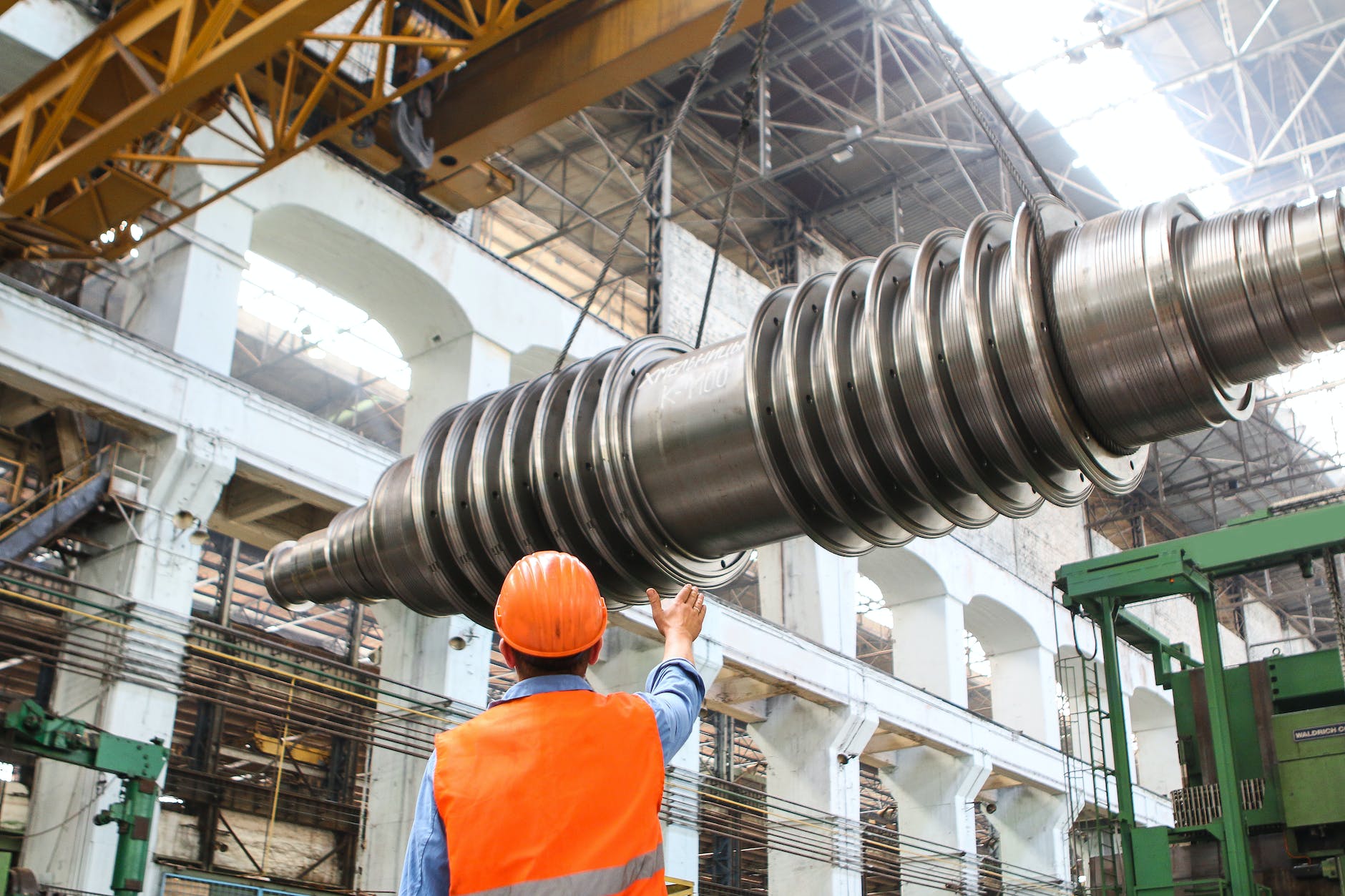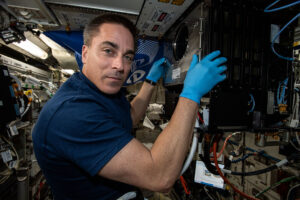One-piece flow is a lean manufacturing approach in which products move through the production process one piece at a time, with no waiting time or inventory between steps. This means that each product is completed before the next one is started, and each step in the process is synchronized with the others to eliminate waste and reduce production time.
One-piece flow is an essential component of lean manufacturing, which focuses on creating more value with fewer resources. By reducing inventory, streamlining processes, and increasing efficiency, one-piece flow helps manufacturers improve quality, reduce costs, and respond quickly to changing customer demands. This approach also promotes better communication and collaboration among team members, leading to a more productive and engaged workforce.
Table of Contents
Advantages of One-Piece Flow
A. Improved quality:
One-piece flow reduces the risk of defects by ensuring that each product is inspected and tested before moving on to the next step in the process. This leads to fewer errors, less waste, and higher customer satisfaction.
B. Reduced inventory costs:
One-piece flow eliminates the need for large inventories of work in progress, which can tie up valuable resources and increase the risk of waste and obsolescence. By producing just what is needed, when it is needed, manufacturers can reduce inventory costs and free up cash for other investments.
C. Faster production:
One-piece flow eliminates bottlenecks and delays by synchronizing each step in the process and ensuring that work flows smoothly from one station to the next. This leads to faster production times and shorter lead times, which can improve customer satisfaction and reduce costs.
D. Increased flexibility:
One-piece flow allows manufacturers to respond quickly to changing customer demands by adjusting production volumes and product configurations in real-time. This flexibility can help companies stay competitive and adapt to market conditions.
E. Better communication and teamwork:
One-piece flow promotes better communication and teamwork among workers by encouraging them to work together closely and take ownership of the entire production process. This can lead to greater engagement, improved morale, and higher productivity.
To understand advantages of one piece flow in greater Depth. Read our blog on 12 Benefits of One Piece Flow
Disadvantages of One-Piece Flow
A. High initial investment:
Implementing one-piece flow can require significant upfront investment in new equipment, training, and reorganizing the production process. This can be a barrier to entry for some manufacturers, especially smaller ones with limited resources.
B. Difficulty in implementing:
Implementing one-piece flow can be challenging, especially in complex manufacturing environments with multiple product lines and processes. It requires careful planning, coordination, and training, and may require significant changes to the existing production system.
C. Potential for bottlenecks and delays:
One-piece flow relies on a smooth and continuous flow of work through the production process, which can be disrupted by bottlenecks or delays at any point in the system. This can lead to inefficiencies, longer lead times, and higher costs.
D. Limited applicability in certain manufacturing environments:
One-piece flow may not be suitable for all manufacturing environments, particularly those with high variability in product mix or demand. In these cases, batch production may be more appropriate.
E. Increased risk of downtime:
One-piece flow requires a high level of equipment reliability and maintenance to ensure that production runs smoothly. Any downtime or breakdown in the system can have a significant impact on productivity and lead times.
Conclusion
One-piece flow has many advantages, such as improved quality, reduced inventory costs, faster production, increased flexibility, and better communication and teamwork. However, it also has some disadvantages, including high initial investment, difficulty in implementing, potential for bottlenecks and delays, limited applicability in certain manufacturing environments, and increased risk of downtime.
While one-piece flow may not be suitable for all manufacturing environments, it can be a highly effective approach for improving quality, reducing costs, and increasing customer satisfaction. To successfully implement one-piece flow, manufacturers must carefully assess their production processes, invest in the necessary equipment and training, and continuously monitor and improve their operations. By doing so, they can reap the benefits of a lean and efficient production system.
| Advantages of One-Piece Flow | Disadvantages of One-Piece Flow |
| Improved quality | High initial investment |
| Reduced inventory costs | Difficulty in implementing |
| Faster production | Potential for bottlenecks and delays |
| Increased flexibility | Limited applicability in certain manufacturing environments |
| Better communication and teamwork | Increased risk of downtime |
Additional Resources
https://www.studysmarter.co.uk/
Frequently asked Questions
Here are some frequently asked questions (FAQ) about One Piece Flow:
What is One Piece Flow?
One Piece Flow is a lean manufacturing method that involves producing products one piece at a time, in a continuous flow, with no interruptions or delays between steps.
How does One Piece Flow differ from batch processing?
One Piece Flow differs from batch processing in that it involves producing products continuously, one at a time, whereas batch processing involves producing a large quantity of products at once.
What are the benefits of One Piece Flow?
The benefits of One Piece Flow include reduced waste, improved efficiency, increased quality, enhanced flexibility, improved lead times, increased employee engagement, and better customer satisfaction.
What are the conditions for implementing One Piece Flow?
The conditions for implementing One Piece Flow include having a stable process, minimizing variability, ensuring that materials and tools are readily available, and having skilled and trained employees.
How do you implement One Piece Flow?
To implement One Piece Flow, you need to analyze the current process, create a plan, train employees, and continuously monitor and improve the process.
When does One Piece Flow not work?
One Piece Flow may not work in situations where there is high variability, long setup times, or where there are large differences in processing times between steps.
How does One Piece Flow compare to other lean manufacturing methods?
One Piece Flow is often compared to other lean manufacturing methods, such as batch processing, just-in-time (JIT), and continuous flow. One Piece Flow is considered to be a more efficient and effective method for producing products than batch processing, but may not be suitable for all situations.
Overall, One Piece Flow is a powerful lean manufacturing method that can help businesses to reduce waste, increase efficiency, and improve quality. By understanding the benefits, conditions, and implementation steps of One Piece Flow, businesses can create a more sustainable and successful manufacturing process.




